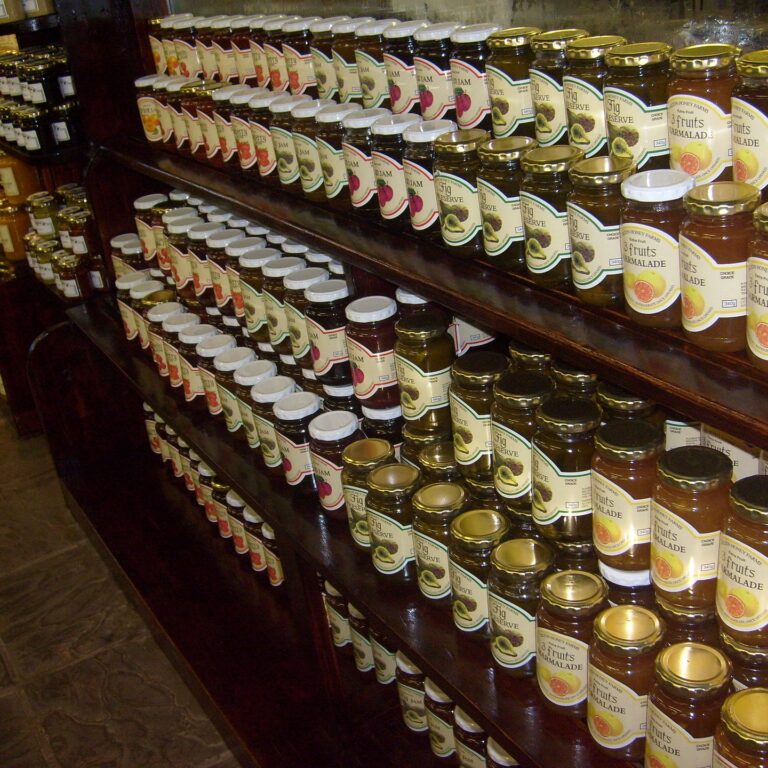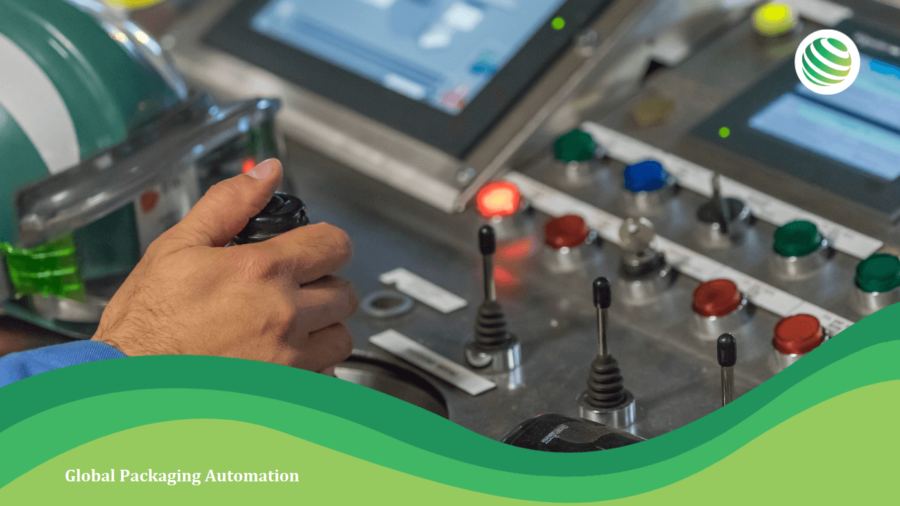Packaging is the world’s third-largest industry and one of prime importance. The primary purpose of packaging is to keep a product safe from damage during shipment. Packaging not only includes the outer covering but also labels, instructions, and the size and types of physical containers that are utilized for the product. For a product to be successful, its packaging has to be attractive, convenient, economical, and protective, all at the same time.
The packaging industry is a business sector involving the designing and packaging of products. Packaging, in any given category, should be sturdy enough to withstand the trials and tribulations of transportation and shipment. In a general scenario, it includes everything from aesthetics and crates, to the protection of the goods during transportation. The most common products that need packaging are consumer goods, bottles, wrappers, containers, boxes, cartons, cans, bags, etc. Nowadays, the demand for packaging has increased, and companies aim to sell their products with better designs and quality packaging.
There are different types of packaging, with the most common types being industrial and consumer packaging. In layman’s language, corrugated boxes are industrial packaging, and printed paper boxes are consumer packaging.
Consumer Packaging
Consumer packaging is designed for individual customers and it extends to the packaging or wrapping that the consumer gets a product in.
This packaging goes from the manufacturer to a retail store, and then to the consumer. It aims to attract the attention of the customers and arouse their shopping impulses. It is known as bespoke packaging since it has an attractive print, color, and finish. For example, a pack of noodles or a perfume bottle leaves the manufacturer and arrives at the retail facility, after which it goes into the hands of the consumer.

Industrial Packaging
Industrial packaging is used to deliver goods from the manufacturer to the retailer. It stores protect and hold large quantities of a single product, and it is usually robust and heavy-duty. Generally, for any goods that are produced in bulk, box-strapping machines and carton-sealing machines are good. Industrial goods like metal fabrication work, construction products, tools, lumber, aerospace and defense products, heavy industrial machinery, etc. follow the route of industrial packaging.
Box-strapping machines and carton-sealing machines are important packaging machinery for any bulk production industry to pack individual or bulk boxes safely. Box-strapping machines bind boxes and cartons with bands, metal straps, or wire at regular intervals based on these types of boxes.

For long-term and short-term storage of cartons, cardboard boxes, pellets, and pneumatic steel-strapping machines are used, which act as excellent tools for securing shipments. Such machines are used for packaging in food, beverage, medical, commodity, airport equipment, and tiles industries, among others.
Box-stretch wrapping machines and taping machines are ideal for wrapping carton boxes. These wrapping machines are ideal, as they increase the strength of the cartons and enable rough handling. Some of the industries that use these types of machines are food, textiles, home appliances, etc.
Conclusion
With growing demand, the face of the packaging industry is changing slowly but steadily. The use of cobots (collaborative robots) is changing the way industry works, by increasing efficiency and improving the packaging capacity, which results in low labor costs.
